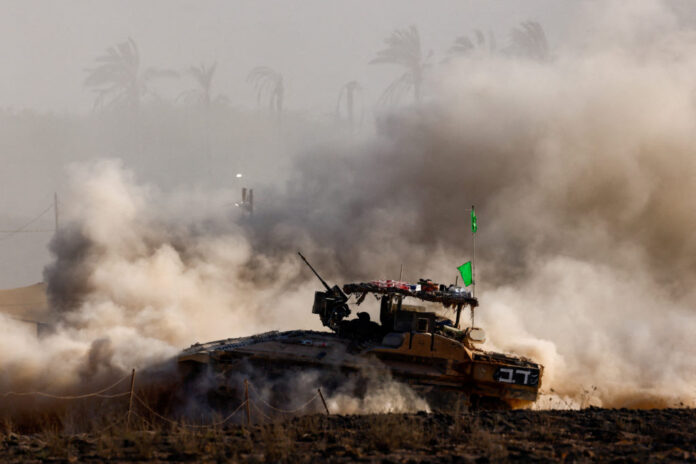Israel Moves Ahead with Reservist Call-Up
The Israeli government has approved the mobilization of 60,000 reservists for what military officials describe as a critical operation in Gaza City. The plan also extends the active service of 20,000 current reservists by an additional 40 days, with enlistment orders expected to take effect in early September. Preparations are already underway in Gaza City neighborhoods such as Zeitoun and Jabaliya, where the Israeli Defense Forces are setting the stage for a broader offensive.
The mission, officially named “Gideon’s Chariots II,” focuses on areas not yet reached by Israeli ground forces and aims to strike Hamas’ command structure and underground tunnel network. Army Chief Eyal Zamir has outlined the steps that include reinforcing positions in northern Gaza before a larger entry into the city itself.
Why Gaza City Is the Center of the Operation

Gaza City remains the main hub for Hamas, functioning as both its military base and political center. Intelligence reports suggest that parts of the city still harbor strong Hamas presence and that many tunnels continue to be operational. Israeli commanders believe controlling Gaza City is essential to weakening Hamas’ ability to wage war.
Yet, while the military prepares for occupation, the larger question remains: can military force achieve what diplomacy has failed to deliver, or will it deepen the crisis for civilians and hostages caught in between?
Public Opinion Turns Against More Fighting
Recent surveys highlight a sharp shift in Israeli public opinion. Polling from N12 shows nearly three out of four Israelis now back a comprehensive deal to release hostages in exchange for ending the war. Only a small minority supports continued fighting without an agreement.
This sentiment has erupted into mass protests across Israel. In August 2025, almost one million citizens demonstrated in major cities including Tel Aviv and Jerusalem. Families of hostages have been leading voices in these rallies, accusing the Netanyahu government of neglecting their children’s lives for political motives. The protests have become some of the largest since the conflict began, signaling a widening gap between government decisions and public will.
Hostage Deal Talks Push Forward

At the same time, Hamas has signaled its approval of a proposed ceasefire deal. The plan would include a 60-day truce, phased hostage releases, the return of Palestinian prisoners, and expanded humanitarian aid for Gaza. Qatar and Egypt continue to mediate, with Qatar’s prime minister personally entering the discussions.
However, Prime Minister Netanyahu has dismissed calls for immediate acceptance of the plan, even suggesting that demonstrators had given Hamas strength. This stance has drawn criticism from families of hostages and political opponents, who argue that the government’s military-first approach risks prolonging the war.
Personal Analysis
Israel’s leadership faces a difficult balance between military objectives and domestic political pressure. Mobilizing 60,000 reservists signals a clear intent to escalate the war, yet the population is increasingly tired of prolonged conflict. The growing protests show that many citizens value a negotiated settlement over continued fighting, especially when the safety of hostages is at stake.
From a strategic point of view, Israel’s leaders may believe that controlling Gaza City will weaken Hamas enough to force concessions in future talks. But this approach risks widening the humanitarian crisis and could further damage Israel’s image abroad. The stronger the protests grow at home, the harder it will be for Netanyahu to justify the cost of war without securing tangible results.
Sources: euronews.com

